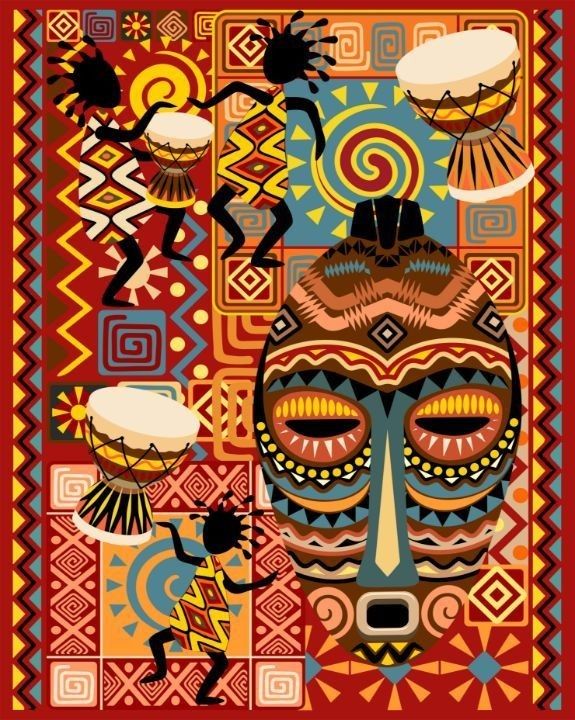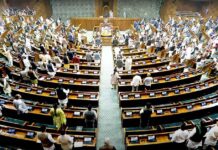The Department of Art and Culture, Andaman and Nicobar Administration, has invited applications from cultural organisations for financial assistance in the form of Grant-in-Aid for the year 2025-26. Registered organisations that meet the eligibility criteria will receive ₹25,000 each to support their cultural initiatives. The announcement has brought focus to the continuing effort of the Administration to nurture local art, preserve heritage, and encourage social harmony through cultural engagement.
According to the Department, the grants will be provided under the Andaman and Nicobar Islands Rules for Grant-in-Aid to Local Cultural Organisations, notified in September 2018. The initiative is meant to strengthen organisations that work towards promoting art and culture, fostering national integration, and encouraging communal harmony across the Islands. By extending financial assistance, the Administration seeks to support local talent and ensure that cultural activities remain vibrant at the community level.
To qualify, organisations must have a registered office in the Islands, be actively engaged in cultural promotion, and have at least one year of continuous activity in the field. This requirement ensures that grants reach institutions that have demonstrated commitment and continuity in their work. The prescribed application format is available for download from the Administration’s website and can also be collected from the Directorate of Art and Culture. Completed forms, along with necessary documents, must be submitted to the Directorate at the Cellular Jail Complex. The last date for submission is 10 September 2025.
The purpose of the Grant-in-Aid is not only to provide financial support but also to institutionalise the recognition of cultural organisations as stakeholders in social development. These organisations often play a significant role in community mobilisation, promoting traditional practices, organising festivals, and creating platforms for local artists. By aiding them, the Department aims to ensure that cultural activities can continue without being hindered by financial limitations.
The announcement also highlights the need on cultural preservation at a time when modernisation and migration have brought new challenges to local traditions. The Andaman and Nicobar Islands, with their diverse mix of communities including indigenous tribes, settlers from the mainland, and migrant workers, have a unique cultural fabric that requires active nurturing. Supporting cultural organisations helps in sustaining this diversity while encouraging initiatives that promote unity.
The grant amount of ₹25,000, though modest, is expected to provide much-needed assistance for cultural groups that often operate on limited budgets. Many organisations rely on community contributions and voluntary work to sustain their activities. A formal grant from the Administration gives them both credibility and the ability to expand their reach. For smaller groups engaged in theatre, folk music, traditional dance, and visual arts, the financial aid could help in organising workshops, exhibitions, and performances that might otherwise remain underfunded.
In the Islands, logistical challenges such as remoteness, limited infrastructure, and high costs of organising events pose additional difficulties. Financial support, even on a small scale, can make a significant difference in enabling cultural activities.
Beyond immediate assistance, the initiative reinforces the importance of cultural institutions as vehicles for nation-building and community bonding. By requiring organisations to work in fields such as national integration and communal harmony, the Administration has placed emphasis on the social role of culture. This makes the grants not just about art promotion but also about fostering cohesion in a diverse society. For the Andaman and Nicobar Islands, where communities from across India live alongside indigenous groups, cultural dialogue is critical.
The scheme thus represents both a financial and symbolic recognition of the role of cultural groups. While the grant amount may not address all the needs of organisations, it provides a starting point that validates their work. It also reflects a policy direction where local cultural heritage is viewed as an asset that needs consistent support. With the application process open until 10 September, the coming weeks will indicate how many groups apply and how the funding is eventually distributed.






